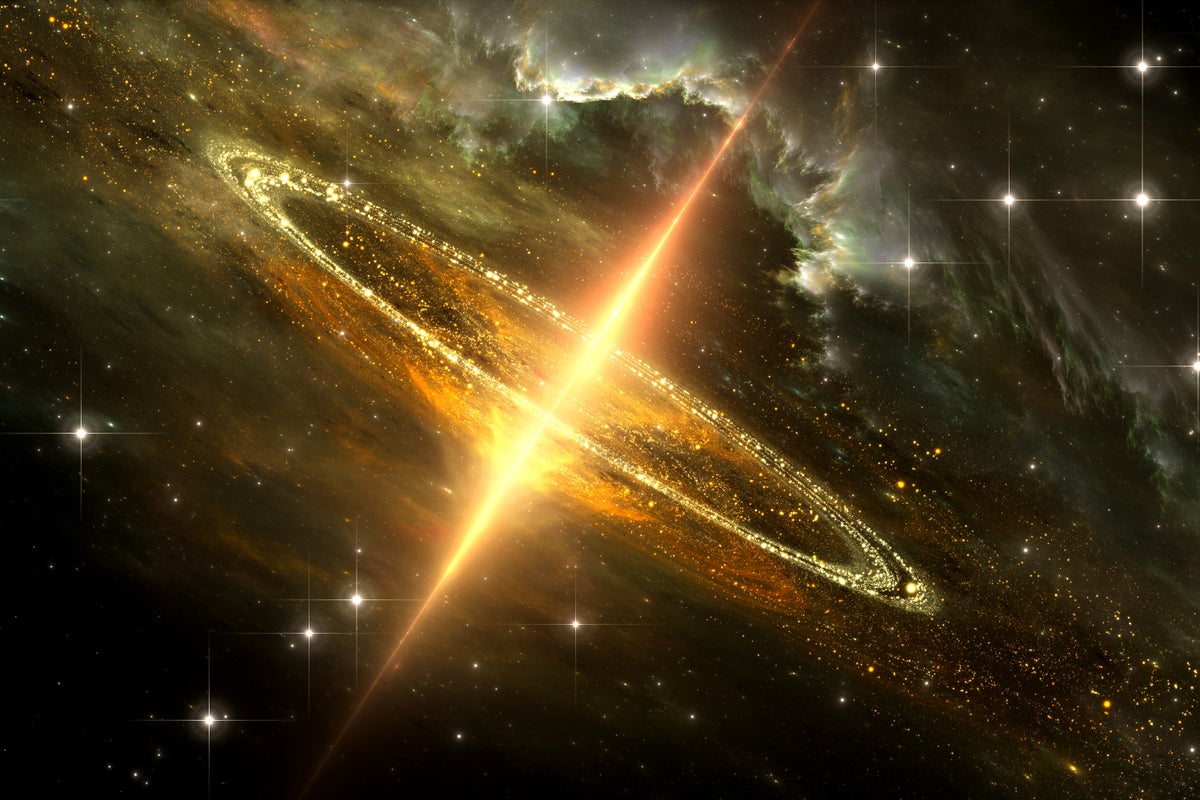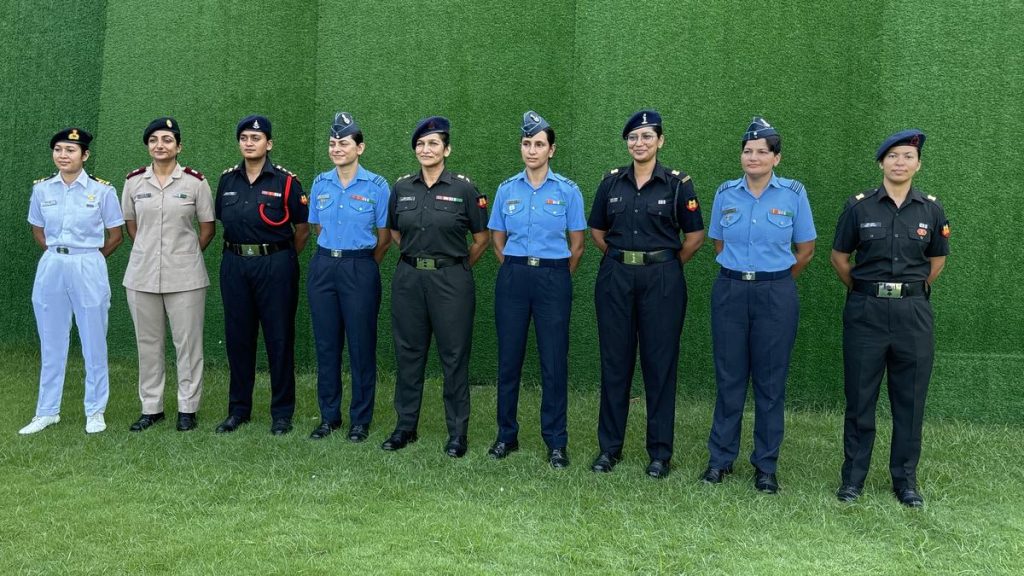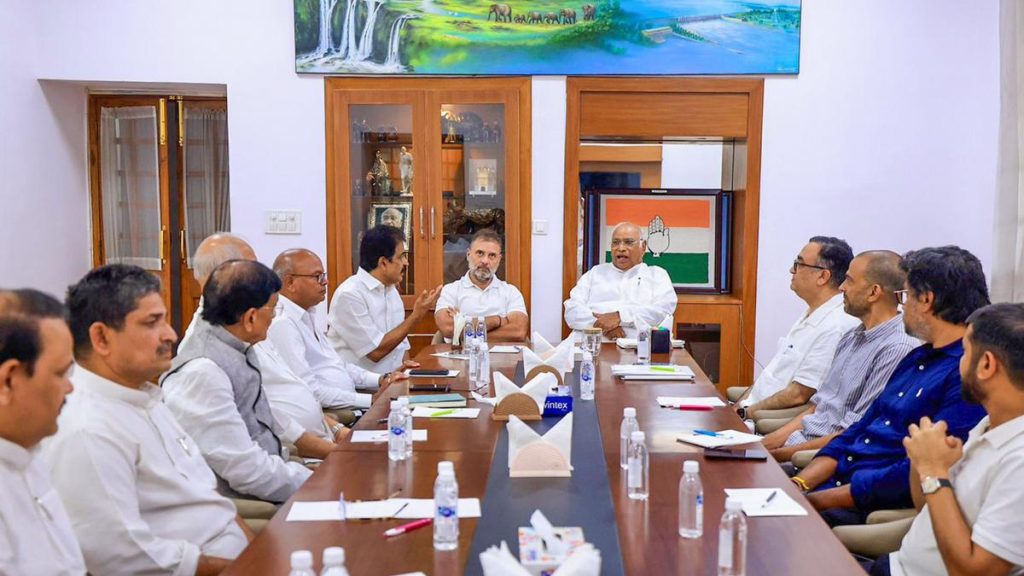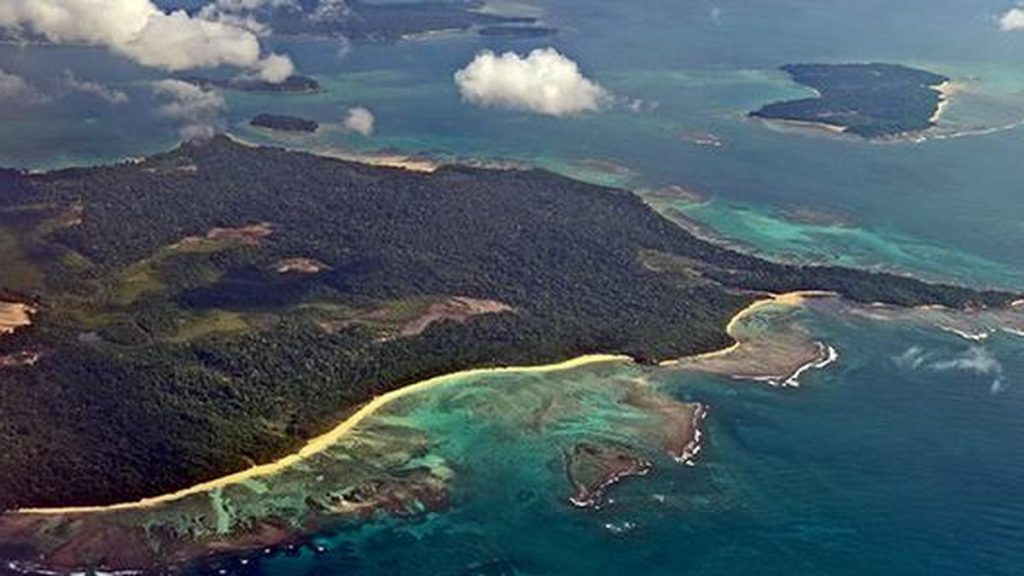Now Reading: How Massive Can Black Holes Grow?
-
01
How Massive Can Black Holes Grow?
How Massive Can Black Holes Grow?

Swift Summary
- Discovery of Quasars: In the 1960s,astronomers identified 3C 273 in Virgo,emitting strong radio waves but appearing as a faint blue star. It was later revealed to be a quasar powered by a supermassive black hole with approximately 900 million times the sun’s mass.
- Widespread Presence of Black Holes: By the 1980s, scientists hypothesized that most large galaxies host supermassive black holes at their centers. Observations now confirm ther may be up to one trillion such black holes in the observable universe.
- Maximum Size Possibilities: Research indicates black holes could grow to about 270 billion solar masses under ideal conditions,though more realistically they top out closer to 50 billion solar masses.The limiting factor is their “Eddington limit,” determining how fast they can consume matter.
- Limitations on Growth: Black hole growth is constrained by time (the universe’s age-13.8 billion years), available nearby matter, and other factors. Cosmic mergers between galaxy-hosted black holes may also contribute incrementally to size increases.
- Rare and Uncertain findings: The largest known measured examples include TON 618, though values have significant uncertainties due to measurement challenges.
Indian Opinion Analysis
Understanding cosmic phenomena like supermassive black holes offers significant insights for science globally-including India-as astro-research progresses within its own burgeoning space exploration ecosystem. While not directly tied to developments specific to India or affecting immediate societal concerns, studying objects like quasars helps advance scientific thought and fosters collaboration across nations in space research.
India’s increasing investment in astrophysics (e.g., ISRO’s initiatives and its cooperation with international observatories) positions it well within this framework for deeper contributions over time. Such discoveries allow Indian scientists not only access cutting-edge information but also glimpses into universal mechanics that remain central questions of humanity’s existence-placing India as both a consumer and contributor of global advances fostering interdisciplinary coherence around understanding vast topics/events scaling beyond us


























